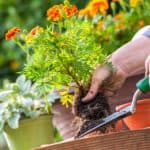Last updated on March 22nd, 2022
Our site is reader supported, this means we may earn a small commission from Amazon and other affiliates when you buy through links on our site.
June is the start of summer, officially now is when you start to tend to your fruit trees, deadhead certain plants and focus on making compost.
At this point in the year, your garden should be full of flowers and vegetables, some ready for picking and others still growing. Your lawn should be well maintained and cut regularly. This also means that you have a lot of materials you can use to make your own compost.
Jobs for June in the garden
- Start making compost from garden waste from hedge trimmings, deadheaded plants, cutting back spring bulbs and remember to aerate with a compost aerator.
- Thin out fruit on fruit trees to limit the amount of fruit which results in bigger tastier fruit.
- Mow lawns once a week and feed with a summer lawn feed.
- Continue planting vegetables.
- Deadhead summer bedding, perennials and roses to encourage more flowers.
- Keep weeding using a hoe to keeps the weeds under control.
- Pinch out the side shoots of tomatoes.
- Stake tall flowers to prevent them from flopping over.
- Prune spring-flowering shrubs after flowering to give them time to produce the growth that will produce next years flowers.
- Now a good time to add greenhouse shade to greenhouses to help avoid scorch and keep them cooler.
- Check watering daily and water if plants are becoming dry.
- Move summer baskets or containers you have been growing indoors, outdoors but remember to harden off over a couple of weeks.
- Pinch out young plants such as fuschias to encourage them to branch out.
- Harvest early potato varieties.
- Think about harvesting salad crops and resowing.
- Check onions and garlic to see if they can be harvested, if the leaves are turning yellow and flopping over they are ready.
- If you are growing carrots, remember to cover with fleece to protect them from carrot fly.
- You can start to prune plum and cherry trees which could not be done earlier because of the risk of disease.
- Top dress pot grown fruit trees and add a new layer of compost and fertiliser.
- Continue to check Lillies for lily beetle and their larvae. They will eat flowers and foliage if not controlled.
Making Compost
In June if you decide to make your own compost, invest in a compost bin and be sure to have the appropriate ratio of nitrogen-heavy items to carbon-heavy items. Nitrogen heavy items include prunings from your plants, grass clippings and manure. The carbon heavy materials include things like flower stalks, wood clippings or shredded paper.
At all times your compost bin should be kept moist. You should also regularly turn the material so that it has an opportunity to enjoy some airflow and to evenly break down. When you squeeze a handful of your compost content it should drip some water but still hold together. Approximately once every week you should turn over the contents and in about 10 weeks you will have a well-rotted collection of compost you can apply to your garden.
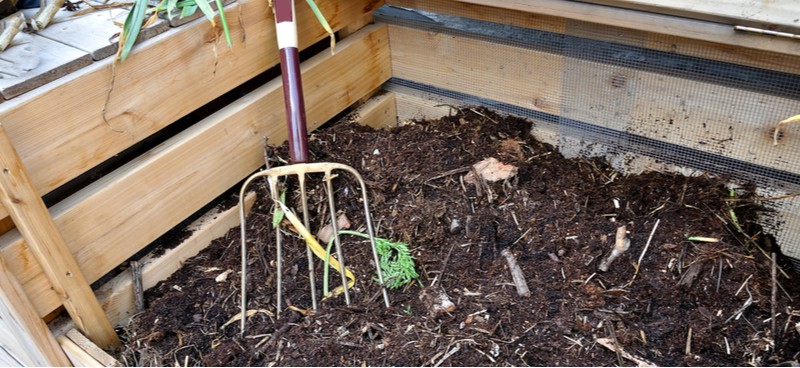
If you add things like grass clippings after mowing your lawn, put a shovel full of soil on top. Maintaining this type of ratio will expedite the process.
Tend to your fruit trees by thinning out fruit
If you have fruit trees now is the time to thin them out. June will produce some small fruitlets but, you might need to thin some of your trees, a process that simply removes any excess fruit. The reason for this is to allocate energy resources within the tree such that you get decent-sized fruit.
For example, an apple tree will grow multiple apples in each cluster, but if you are growing apples for dessert making, you want to change that number to just one apple per cluster. For cooking apples, you can thin the trees so that you get one apple every 15cm or so.
This process should be applied to all of your fruit trees. Plums should be thinned so that you get one plum every 6cm. Peaches should produce one peach every 20cm. Nectarines should be spaced approximately 15cm apart. This is just a general guide and some people don’t even thin fruit out at all.
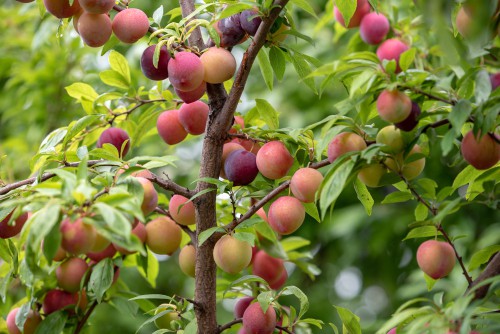
Doing this in June will help you avoid becoming that one person in the street who has hundreds of tiny apples without much substance to them and instead has large, delicious apples perfect for any cuisine.
You can prune soft fruit if you have them, as well as plums and cherries. Things like Gooseberry bushes can be pruned so that you cut back the current growth to within five leaves and this will help to encourage new growth.
Learn more about when and how to prune plum trees in this guide
Lawn Care
June brings significantly warmer weather on a regular basis. Now you will definitely have to cut your grass at least once a week even if you haven’t already. You can trim the edges regularly as well to ensure your lawn looks very crisp. Depending on how well your lawnmower has survived the previous months (and possibly years) of mowing, it might be time to upgrade the blades or even treat yourself to a new mower.
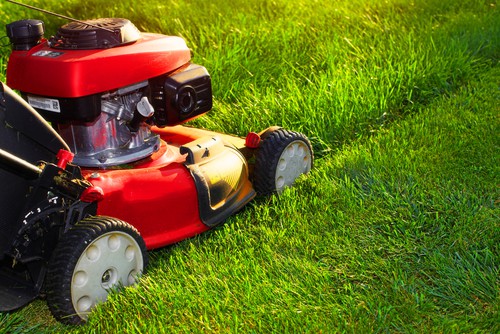
We recently reviewed some cordless lawnmowers in this article.
Learn more about feeding your lawn in this guide.
Deadheading
You probably know that deadheading is simply removing spent flowers, however, if you have roses deadheading needs to be done in June specifically. Snap off any roses that are at their peak, just below the head. Doing this will help newer blooms appear quickly and give you the opportunity to enjoy a more aesthetically appealing rose bush. Also, continue to check roses for blackspot and treat if needed with a fungicide and feed to encourage more blooms.
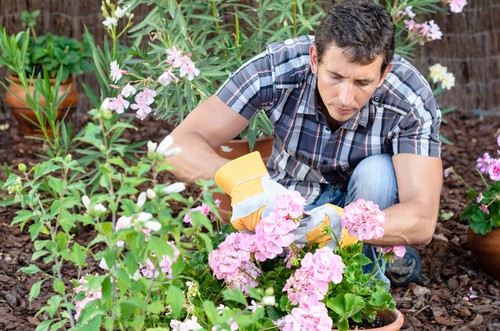
Vegetables
There are ample vegetables you can start planting in June including carrots, artichokes, celery, beets, french beans, tomatoes, lettuce, pak choi, runner beans, summer cauliflower, peas, salads, sweetcorn, sweet peppers, radishes and pumpkins. Lots of potential vegetables for you to try growing.
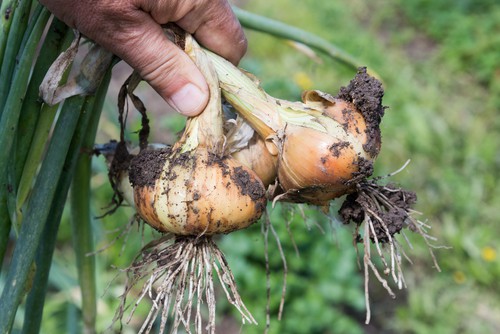
Have you ever thought about growing tomatoes in hanging baskets? – read our guide here
Take a moment to look back on all of the progress you’ve made at this point in the year and reward yourself for the substantial effort you have invested in maintaining your stunning garden. If you have done well, you might even have a beautiful sitting area where you can enjoy the warm summer weather next to your freshly pruned flowers and fruit trees.

